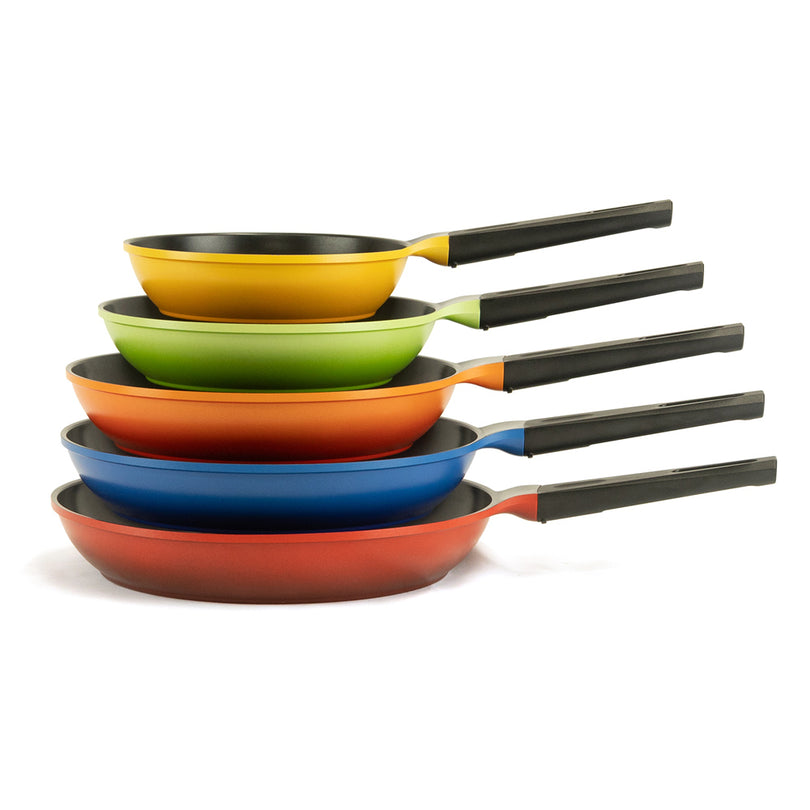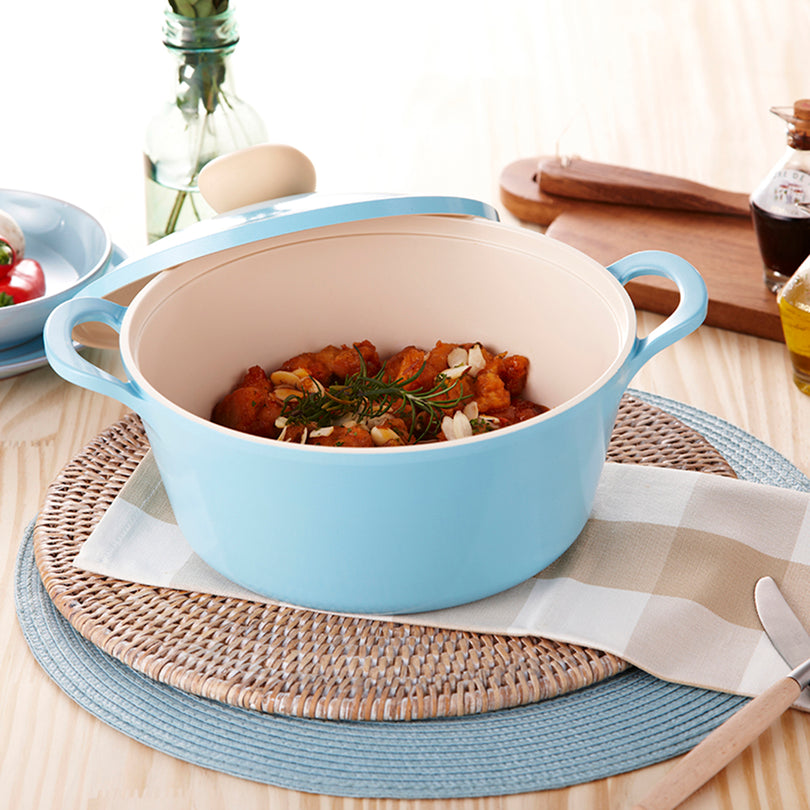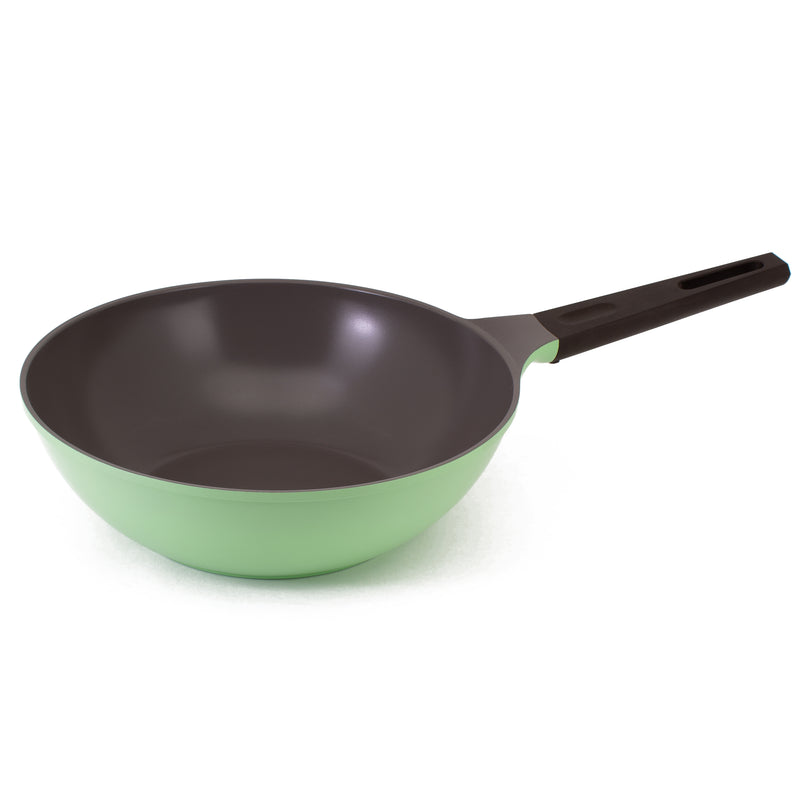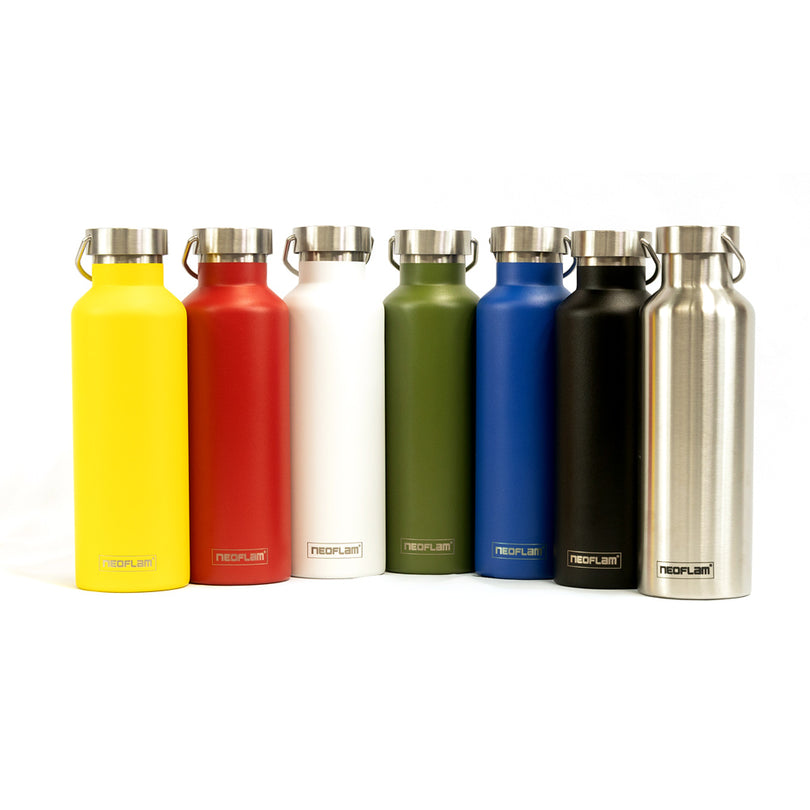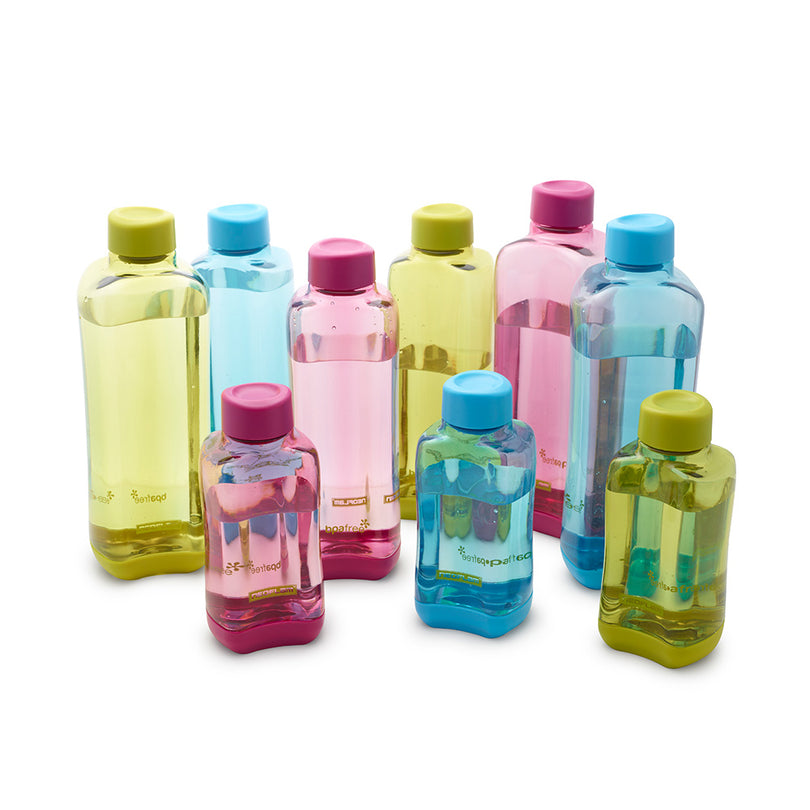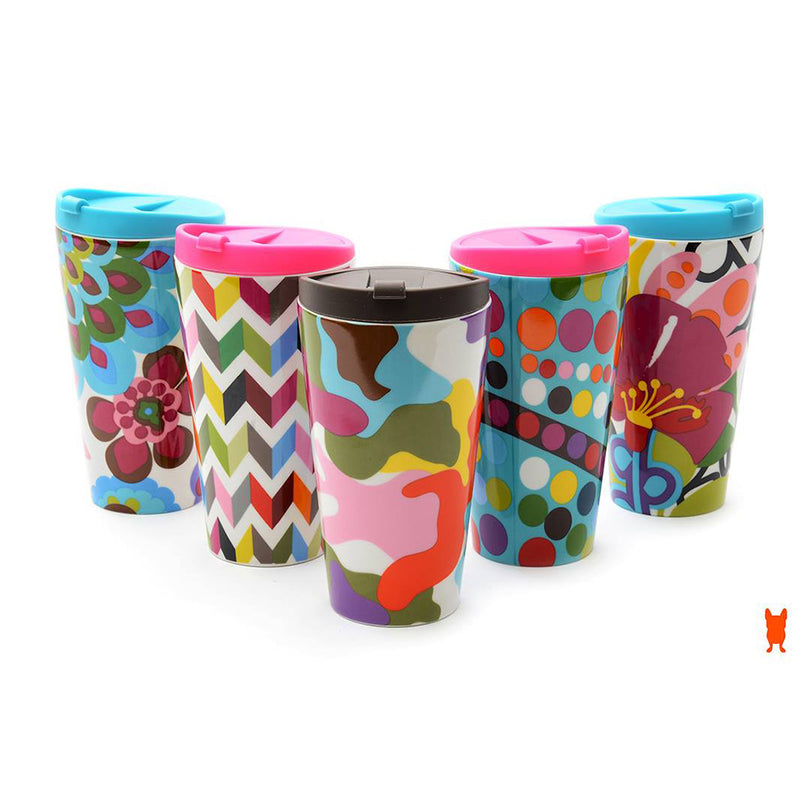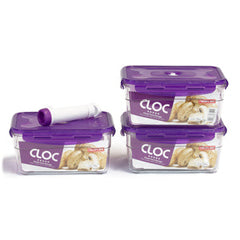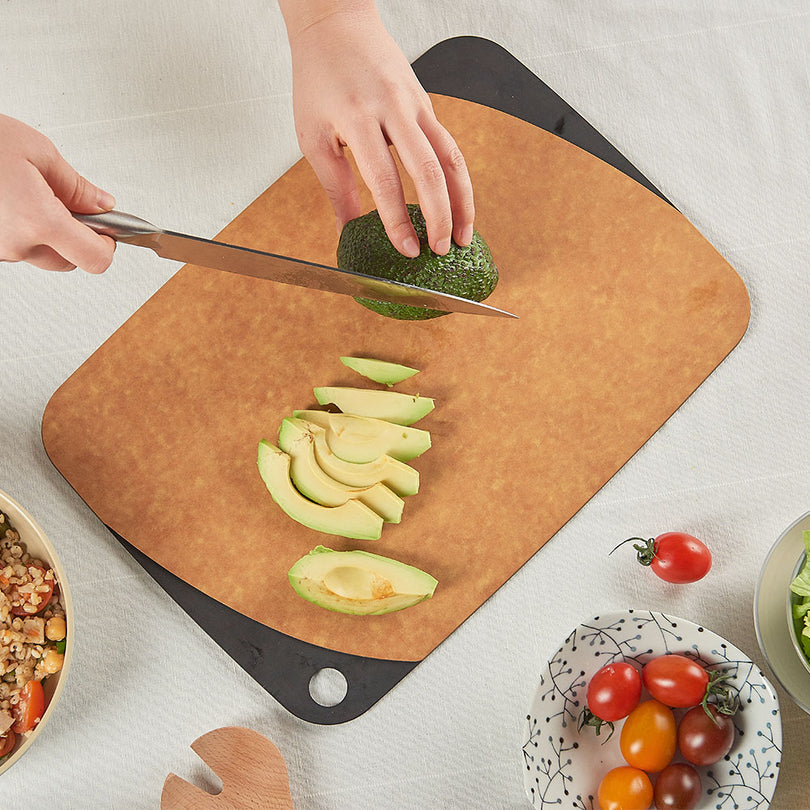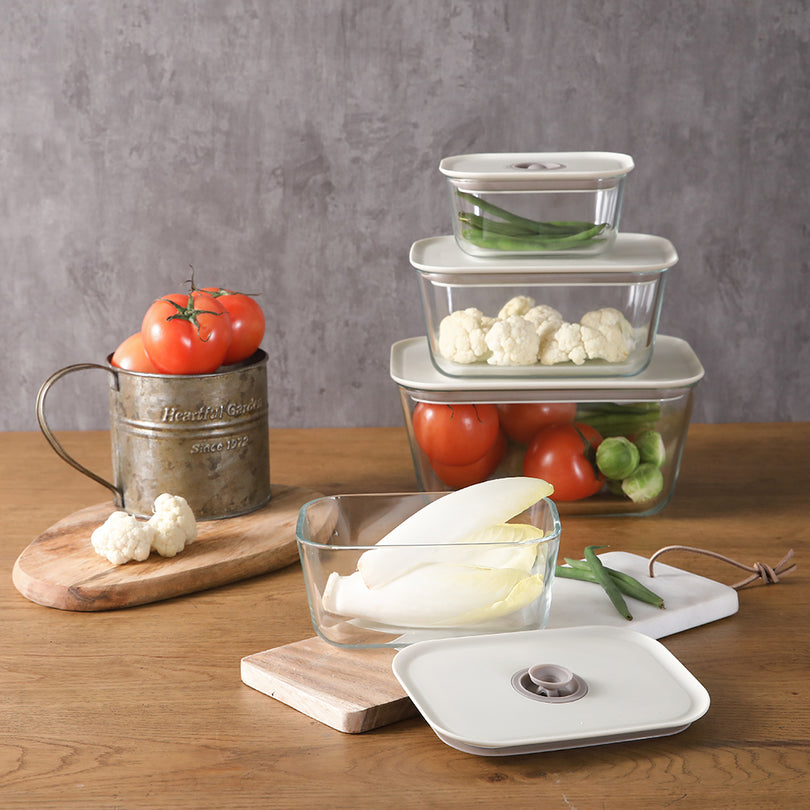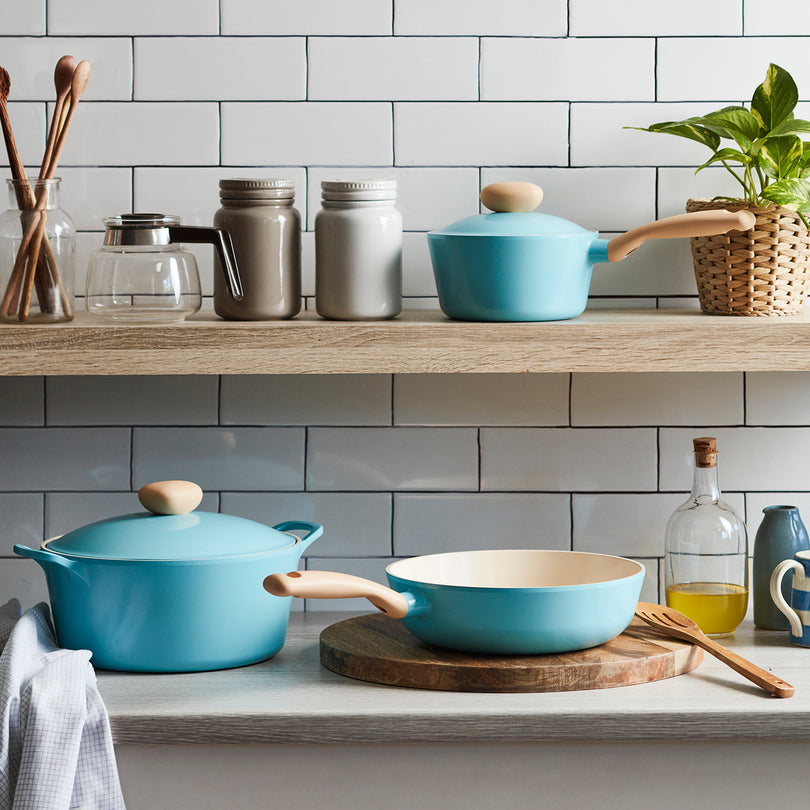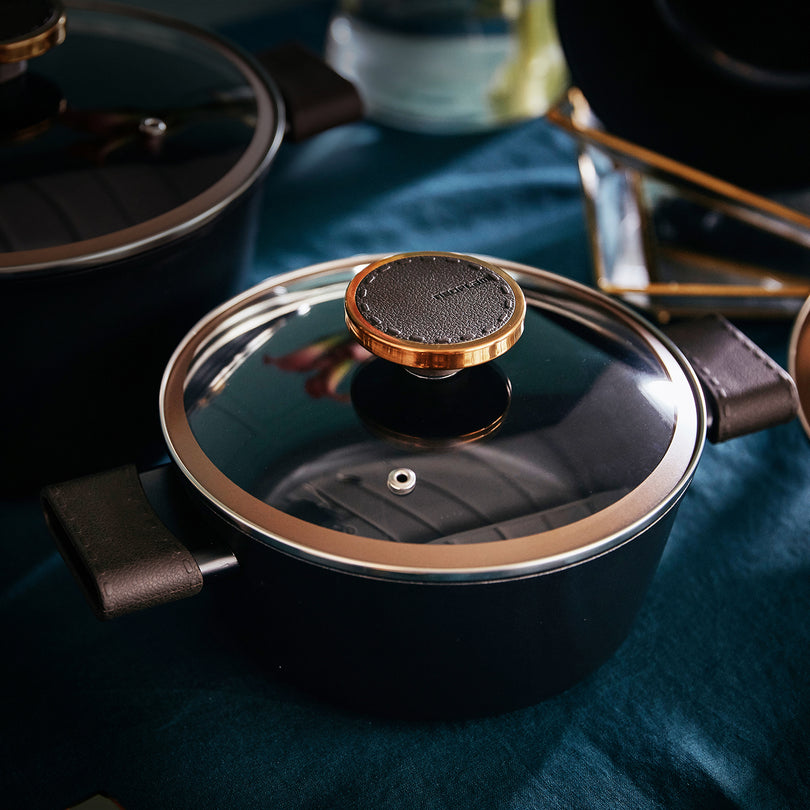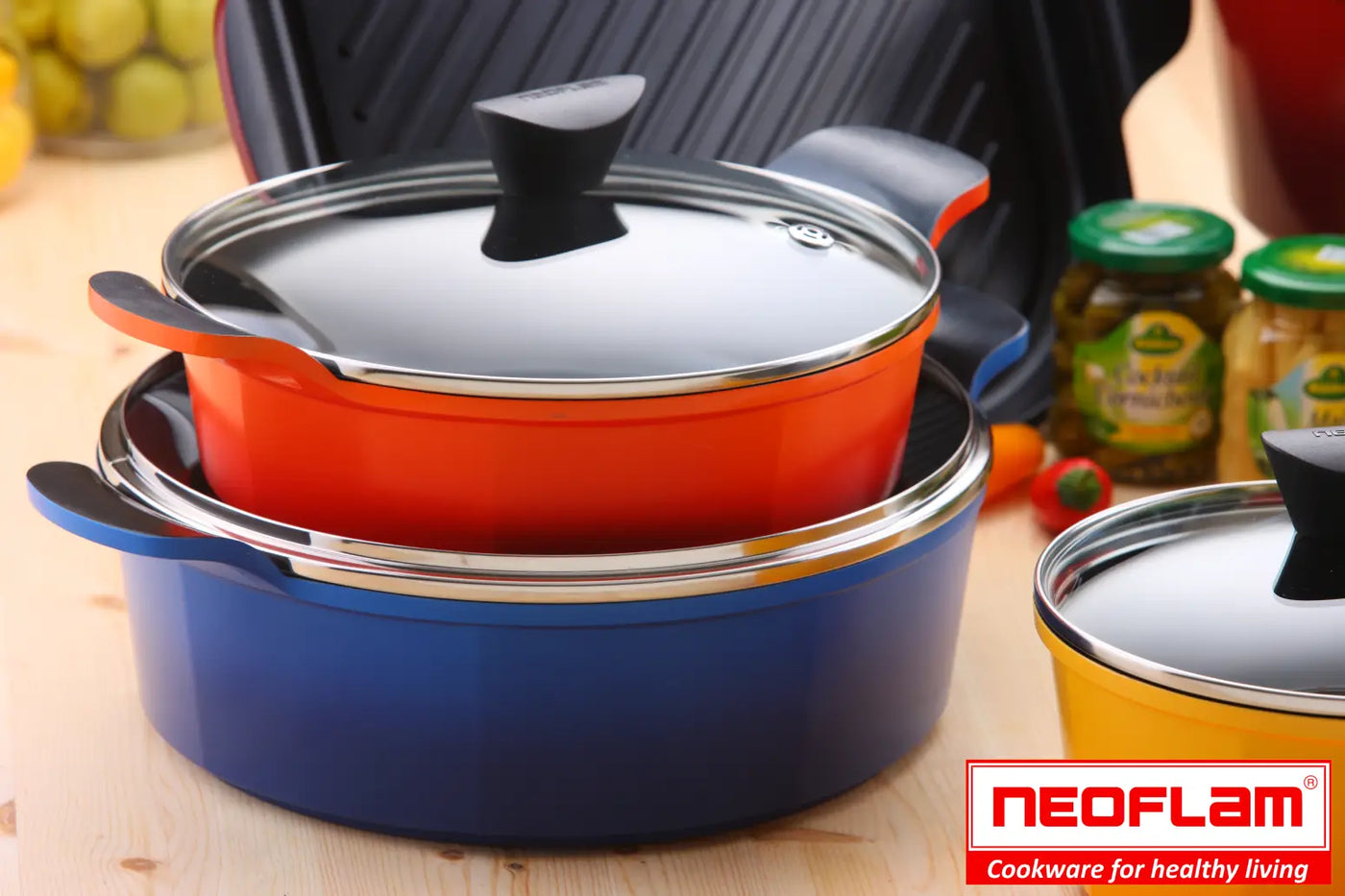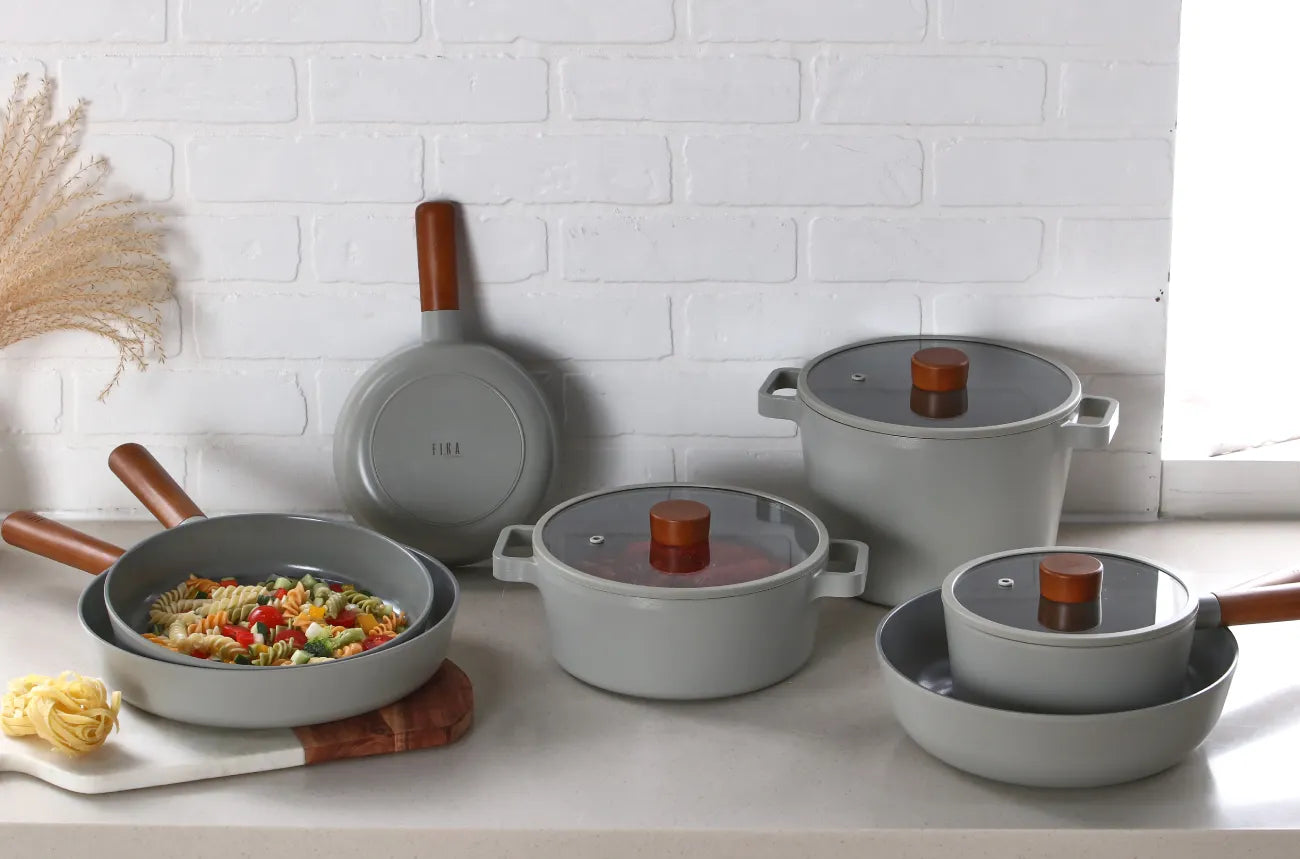Good cookware can make a big difference in your dishes' quality and taste. Think about how much liquid you typically consume throughout the day. Among the best cookware you can buy for your kitchen are Dutch ovens and casserole pots.
Both are essential and versatile cookware for various cooking tasks. But what are they, and how do they differ from each other? And more importantly, which one is better for your cooking needs? Read on as we compare and contrast the two types of cookware and help you decide which suits your purpose best.
What is a Dutch Oven?
You can never go wrong with this type of cookware if you often cook slow-cook dishes, such as hearty soups and stews.
These are heavy pots with thick walls and tight lids, usually made from cast iron or enamelled cast iron. It can be used on the stovetop, in the oven, or over an open fire.
This is the perfect cookware for slow cooking, braising, stewing, baking, frying, and roasting. It retains heat and moisture, making your food tender and flavourful.
What is a Casserole Pot?
The casserole pot serves the same purpose as a Dutch Oven, but it is much easier to handle due to its lighter weight. Unlike the heavy cast iron, casserole pots can be made from materials such as cast aluminium, ceramic, or glass. The cast Cast aluminium, which is the most popular one, has the same heating principle as the heavy Cast iron, but is much lighter, especially when it is filled with food.The Differences
There are several differences between the two that you should consider before buying one.
 Materials
Materials
A Dutch oven is made from cast iron or enameled cast iron, which is durable, heat-resistant, but it is not non-stick. It is heavy, expensive, and prone to rusting if not seasoned or cared for properly.
A casserole pot is made from cast aluminium, glass or ceramic, which are lightweight, inexpensive, and the best attractive.
Shapes and Sizes
It can be noted that a Dutch oven comes in a round or oval shape and has a flat bottom and straight sides that allow for even heat distribution and browning. Its capacity ranges from 2 to 12 liters.
Meanwhile, a casserole pot is round - which fit better to the heating hub - but can range from 2 to 10 liters, It has a flat bottom and straight sides that allow for even heat distribution and browning, as well. Casserole dish can come also with non-stick coating, that can be a big advantage.
Heat Sources
You can use a Dutch oven on any heat source, including gas, electric, induction, oven, or fire. It can withstand high temperatures up to 260°C without damaging its surface or handle.
You can use a Casserole pot on any heat source, including gas, electric, induction, oven, but not on fire. Oven temperature can go up to 260°C but you must check before buying, as Casserole pots can come with different lid types.
The Advantages and Disadvantages
Depending on what type of cooking you usually do, a Dutch oven or a casserole pot has more advantages or disadvantages.
Dutch Oven: Advantages and Disadvantages
These are great for making soups, stews, roasts, breads, cakes, and other dishes that require long cooking times and high temperatures.
It can also sear meat and vegetables on the stovetop before transferring them to the oven for further cooking. And after cooking, this can keep your food warm for hours.
However, this cookware can be heavy to lift and move around. It requires regular seasoning or maintenance to prevent rusting or chipping. It may also react with acidic foods such as tomatoes or vinegar and alter their taste or colour.
Casserole Pot: Advantages and Disadvantages
This cookware is perfect for making casseroles dishes, soups, stews, roasts, breads, and other dishes that require long cooking times and low or high temperatures. moreover, with the low size casserole you can also cook lasagna, pie, cake, and other dishes that require short cooking times and low or high temperatures. It can also serve as a serving dish that looks elegant on the table. Best of all, it is easy to cook with, easy to clean and easy to store and stack in your kitchen cabinet.
How to Choose Between the Two Cookware
 If you are still undecided about buying a Dutch oven or a casserole pot, below are some questions you can ask yourself to help you make the best choice.
If you are still undecided about buying a Dutch oven or a casserole pot, below are some questions you can ask yourself to help you make the best choice.
1. “What kind of dishes do you like to cook?”
If you prefer hearty meals that require slow cooking a, such as soups, stews, roasts, breads, cakes, etc., then a both Casserole dish or Dutch oven will be suitable for you.
2. “How often do you cook?
If you cook frequently and for large groups of people, then Casserole pot will be more convenient and versatile for you. It can handle large quantities of food and different cooking methods.
If you cook occasionally and you don't care about the weight, you can go with the Dutch oven.
3. “How much money do you want to spend?”
A Dutch oven may be worth the splurge if you have a generous budget It can last longer if cared properly.
A casserole pot may be a better option as you can usually can get two casserole pots, for the same price of one Dutch oven.
When exploring cookware options, consider the benefits of induction cookware. Its compatibility with modern induction cooktops enhances efficiency and precision in cooking. Whether opting for a Dutch oven or casserole pot, ensuring induction compatibility adds versatility to your kitchen.
Get Quality Cookware from Neoflam!
Ultimately, the best choice depends on your personal preference or your cooking needs. Whichever type of cookware you decide to buy, make sure to care for and maintain it properly to ensure its longevity and performance.
Are you looking for high-quality cookware sets? You can trust Neoflam for a wide range of Award-Winner cookware. Their cookware has a non-stick Ecolon ceramic coating, ensuring no toxic chemicals are released into your food or body. This makes Neoflam the preferred choice for health-conscious Australians who want to cook their culinary masterpieces with complete peace of mind.


